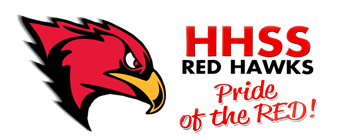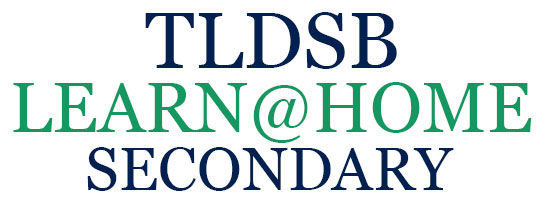Use the title Bibliography not the title Works Cited.
All sources you have researched are included, even if you do not mention them. *Styles Vary: Buy the style guide for you chosen post-secondary institution.
MLA
Modern Language Association
|
Bibliography A bibliography is a complete list, alphabetized by author’s last name, or title if no author is name, of every source you have looked at in your research. Even if you do not quote directly from a book you have consulted, it should be included in the bibliography if you feel it has in some way contributed to your knowledge of the topic. The first line of any entry is flush with the left margin but all subsequent lines are indented. |
|
A Book with one author: |
| A Book with two authors / two editors (eds.): Ryan, D.W.S., and T.P. Rossiter, eds. Poetic Insite. St. John’s: Jesperson Press, 1987 |
| A book with more than two authors: (note the use of the Latin Phrase et al meaning and others) Flachmann, Kim, et al. Reader’s Choice. 3rd ed. Scarborough: Prentice-Hall, 2000. |
| A signed article in a newspaper: Jawhra, Barbara. “Politics and revolution.” Ottawa Citizen 10 Sept. 2000: B7. |
| An article in a magazine: Schofield, John. “Back to school online.” Maclean’s 6 Sept. 1999: 22-26 |
| An article in an on-line periodical: Roberts, Alasdair. “Access Denied.” Media Magazine Spring 1998 http://www.caj.ca/mediamag/srping98.html. |
| An audio recording (Compact Disc): Dion, Celine. “It’s All Coming Back to Me Now.” Celine All the Way… A Decade of Song. Toronto: Sony Music Canada, 1999 |
| A television advertisement: The Terry Fox Run Promotion. Advertisement. CBC Newsworld Aug. 23, 2000. |
| A cartoon / comic strip: Larson, Gary. “The Far Side.” Cartoon. The Globe and Mail 12 Dec. 1993: R16. |
| A video recording:(note that “Dir.” Is short for “Director” and that the medium, in this case, video cassette, is named) Salt. Dir. Amber Goodwyn. Video cassette. National Film Board Of Canada, 2000. |
| NOTE: All information from “Documenting Sources” section came from the following text: Dawe, Robert, and Paul Malott, Reference Points. Toronto: Prentice Hall, 2001 |
APA
American Psychological Association
|
BIbliography A bibliography is a complete list, alphabatized by author’s last name, or title if no author is named, of the sources you have looked at in your research. Even if you do not quote directly from a book you have consulted, it should be included in the bibliography if you feel it has in some way contributed to your knowledge of the topic. In this format, only the first word and any proper nouns in the title of the cited work are capitalized. Note that the date of publication is written in parentheses after the author’s name. In addition, in APA style the first line of each entry is indented five spaces, while subsequent lines are flush left. |
| A book with one author: Richards, D.A. (1974). The Coming of Winter. Toronto: Oberon Press. |
| A book with two author / two editors (Eds.): Ryan, D.W.S., and Rossiter, T.P. (Eds.) (1987). Poetic Insight. St. John’s: Jesperson Press. |
|
A book with more than two authors: |
| A signed article in a newspaper: Gilstrap, E. (2001, January 4). Why education still matter in Canada. The Vancouver Sun, p. A14. |
| An article in a magazine: Schofield, J. (1999, September 6). Back to school online. Maclean’s, 22-26. |
| An article in an on-line periodical: APA provides the following general template for on-line formats: Author’s name, author’s initial. (Year, Month, Day). Title of article. Name of Periodical (undrlined or italicized according to teacher preference) (on-line serial) volume number (if available) issue number. Available URL. Hagawa, R.G. (1998, April 2) Psychological effects of vitamins. Psychology Round-up, 12 (4) [on-line] Available WWW: http://www.psychround.edu.ca. |
| An audio recording (Compact Disc): Dion, C. (1999). It’s All Coming Back To Me Now. On Celine All the Way… A Decade of Song [CD]. Toronto: Sony Music Canada. |
| A television advertisement: The Terry Fox Run Promotion. (2000, August 23). Advertisement. On CBC Newsworld. |
| A cartoon / comic strip: Larson, G. (1993, December 12). The Far Side. In The Globe and Mail, p.R16. |
| A video recording: Goodwyn, A. (Director). (2000). Salt [Video Recording]. Canada: National Film Board of Canada |
| NOTE: All information from “Documenting Sources” section came from the following text: Dawe, Robert, and Paul Malott, Reference Points. Toronto: Prentice Hall, 2001. |






